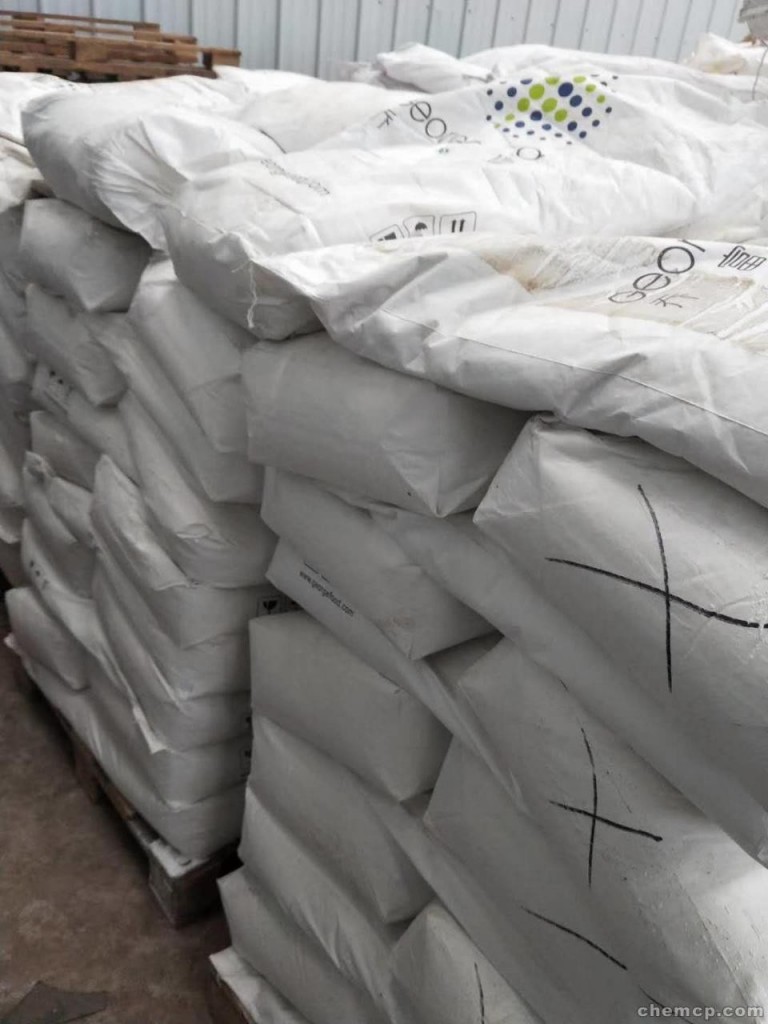liaocheng silicone recycling jotun polyurethane paint market price
our company faces the country for a long period of time and recycles various overstocked chemical raw materials, chemical additives, dyes, pigments, resins, paints, inks, rubber, paraffin, flavors, curing agents, emulsifiers, polyvinyl alcohol printing paint colors. pulp, polyether polyol, isocyanate, mdi, tdi, leather additives, plastic additives and raw materials, rubber additives and raw materials, coating additives and raw materials, electroplating additives and raw materials, daily chemical raw materials, thermoplastic elastomers, masterbatch.
recovery of copolyformaldehyde, paraformaldehyde, surfactants, sodium alginate, organic bentonite, petrolatum, sodium lauryl sulfate, cellulose, vanillin, menthol, urotropine, melamine, disodium edta, four sodium, whey protein, lanolin, polyvinylpyrrolidone, myristic acid, sebacic acid, trimethylolpropane, powder, fumed white carbon black, oleic acid amide, erucic acid amide, polyacrylamide, acrylamide, caprolactam, maleic anhydride, phthalic anhydride, hydroquinone, resorcinol, catechol, trimellitic anhydride, succinic anhydride, pentaerythritol, neopentyl glycol, polyethylene glycol, photoinitiator, methyl paraben ester propyl butyl ester, decabromodiphenyl ethane
the material particles are uniformly dispersed in the medium to form a suspension of medicine. dispersants are generally divided into two categories: inorganic dispersants and organic dispersants. commonly used inorganic dispersants include silicates such as water glass and alkali metal salts such as sodium trimer, sodium hexameta and sodium pyrolysis. organic dispersants include trihexyl, sodium lauryl sulfate, pentanol, cellulose derivatives, polyacrylamide, guer gum, fatty acid polyethylene glycol esters and the like. recycling of sodium benzoate, thiourea, hot melt adhesive, guar gum, xanthan gum, carrageenan, pectin, malic acid, bisphenol a, caustic soda, flat o, styrene acrylic emulsion, acrylic emulsion, tannic acid, h acid, coconut oil, lauric acid soap, lauric acid, fumaric acid, salicylic acid, tartaric acid, mannitol, citric acid, xylitol, stearyl alcohol, fatty alcohol, adipic acid, stearic acid, fatty acid , oxalic acid, boric acid, tween span, leveling agent, defoaming agent, dispersing wetting agent, etc. door-to-door cash transaction, unlimited quantity, intermediary paid, welcome friends from all walks of life to call

there is an important relationship between the foaming regulator and the foaming agent. there is a balance between the density of the foaming sheet and the foaming regulator. outside this balance point, the density of the foaming sheet is not affected by the content of the foaming agent. , keep constant, that is, the amount of foaming agent cannot be used for density. the reason for this phenomenon is that under a certain amount of foaming regulator, the melt strength of pvc is limited, and excessive gas bubbles collapse or merge. the dispersion of pigments and fillers in coatings has successively used inorganic dispersants such as polysalts, silicates, and carbonates, small molecular surfactants, and polymer compounds such as polycarboxylates and polypropionates. macromolecular compounds mainly use steric hindrance to make pigment and filler particles, and the effect is better than the electrostatic repulsion of small molecule surfactants. studies have shown that among many types of polymer dispersants, the ab type block polymer surfactants have good effect and high efficiency. from the molecular structure point of view, the ab block polymer is a super large surfactant, and the a block and the b block are similar to the hydrophilic head group and hydrophobic tail chain of the surfactant, respectively. the ab block polymer surfactant adopts a tail-type adsorption form on the surface of the pigment and filler. the a block is the anchoring group of the pigment, and the b block is the solvated tail chain of the solvent. a block can be acid, amine, alcohol, phenol and other functional groups, which are adsorbed on the surface of particles through interactions such as ionic bonds, covalent bonds, coordination bonds, hydrogen bonds, and van der waals forces. due to the multiple adsorption points, it can effectively prevent the desorption of dispersant molecules, make the adsorption tight and long-lasting. the b block can be polyether, polyester, polyolefin, polyester and other groups, which are suitable for polar and non-polar solvents respectively. the structure of a typical ab block polymer surfactant is shown in figure 3. the particles mainly rely on the steric hindrance produced by the adsorption layer formed by the b block, so the length and uniformity of the b block as the solvation tail chain have extremely high requirements. it is hoped that a moderate and uniform adsorption layer can be formed. if the b section is too long, it may act as a bridge, causing the viscosity of the dispersion system, and even flocculation and sedimentation. it is generally believed that when the thickness of the steric hindrance layer is 20 nm, good effects can be achieved.
the company recycles thousands of chemical products. our company promises to recycle them quickly, at a reasonable price, and with professional, safe and environmentally friendly methods. welcome your calls and sincerely look forward to cooperating with you!


